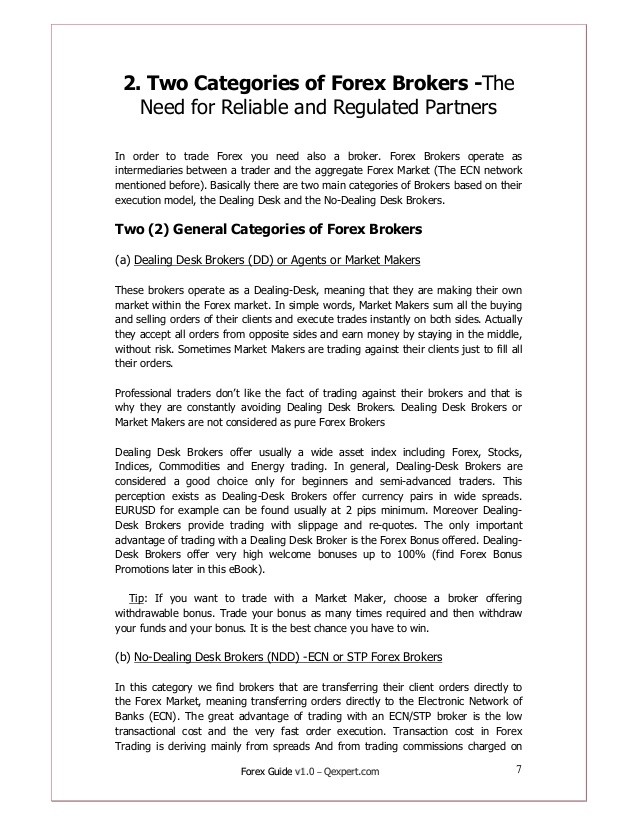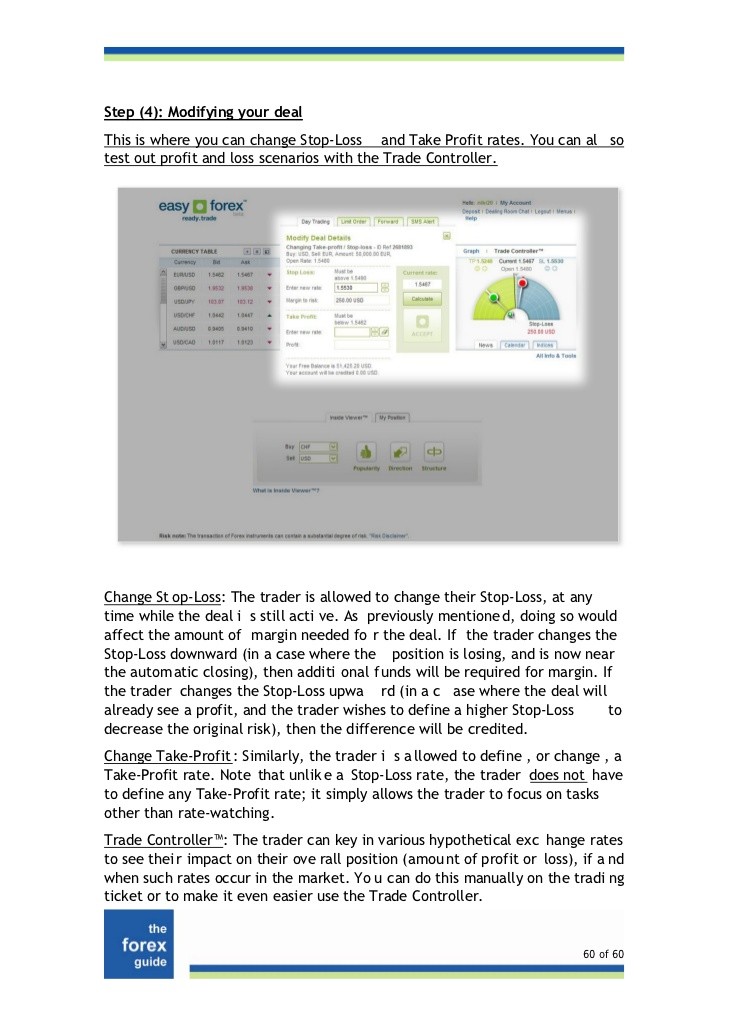Forex Trading Guide for Beginners
Post on: 4 Май, 2015 No Comment

Welcome to my web site, Forex Trading Guide for Beginners. This site is dedicated to Forex trading beginners, newcomers, novices, rookies or newbies, whichever term takes your fancy.
Take your time to browse through a diverse range of articles that explain the key concepts of forex trading (albeit at a basic level). You can also checkout reviews of some of the most popular automated forex system trading software packages and signal service providers available on the internet today.
Click Here to read about one of the best forex trading robots available
So let’s get into it, just what is Forex?
Forex is derived from the term, For eign Ex change which is an off-exchange retail foreign currency market and is one of the largest financial markets in the world along with the interbank FX market, representing a transaction value of 3.2 trillion (and growing) USD a day!
Forex, in the true sense of the term is the simultaneous purchase and sale of one currency against another currency at the equivalent value or current exchange rate. What we mean by this is that currencies are traded in pairs with the most commonly traded currencies, also known as the major pairs.
The major pairs, which make up approximately 85 percent of the entire Forex market, are:
Euro (EUR) vs. US dollar (USD)
US dollar (USD) vs. Japanese Yen (JPY)
British Pound (GBP) vs. US dollar (USD)
US dollar (USD) vs. Australian dollar (AUD)
US dollar (USD) vs. Canadian dollar (CAD)
Currencies are always quoted in floating or fluctuating exchange rates as most world currencies do not have a fixed exchange rate. When trading one of the above major forex pairs. you are essentially trading the quoted value of the two currencies, where the first currency is called the base currency (also referred to as the transition currency) and the second currency is called the quote currency (also referred to as the payment or counter currency).
As an example, you can speculate on a currency such as the Euro (base currency) increasing in value against the US dollar (counter currency) and in this instance you would trade the currency pair EUR/USD.
Taking this example further and keeping it simple as possible, let’s say you buy 10 EUR for 10 USD (opening position); you are in effect buying 10 EUR and selling 10 USD. If the EUR appreciates in value as you predicted and is now worth 15 USD, you can then sell 10 EUR and instead of buying back the initial 10 USD, you can buy 15 USD and receive a profit of 5 USD.
Note that in the closing position (normally within one Forex trading day), the opposite trade is transacted which is why in the above simple example you end up with a profit denomination in US dollars.
Click Here to read about one of the best forex trading robots available
Forex trading can yield good profits but you also need to understand the risks associated with trading the Forex market. Most Forex brokers allow you to leverage or borrow money against your initial deposit up to 100 times its value. That’s why you can place a trade for $100,000 for only an initial investment of $1000 based on a standard account.

Typically you can open a Standard account or a Mini account with many brokers with a leverage (margin) of up to 200:1, explained as follows:
• Mini Account: $50 of margin could control a $10,000 position (also called mini lot) in the market, offering a leverage of 200:1.
• Standard Account: $1000 of margin could control a $100,000 position in the market, offering a leverage of 100:1. If a $100,000 position is held in EUR/USD on 100:1 leverage, the trader has to have a minimum of $1,000 in their trading account to control the position.
With the benefit of forex leverage however comes increased risk as quick market movement can then result in substantial losses.
Because relatively small margin is required to open large positions, novice Forex traders often make the mistake of opening too many positions at any one time resulting in over-trading their account and potentially losing all they have invested.
It is highly recommended that new traders only trade a very small percentage of their account at any one time; a good rule of thumb is up to 5% of your total account value to minimize the potential for significant losses and also keeps you in the game for much longer.
Forex markets and currency pricing are mainly influenced by international trade and investment decisions. To a lesser extent, the Forex market is also influenced, by the same factors that influence the equity and bond markets, being economic factors like interest rates, inflation, and economic and political stability or instability for that matter. It’s often the immediate reaction to changing economic factors that causes volatility with daily prices making the Forex market a very attractive proposition to intra-day traders.
One of the real benefits of Forex trading is that you can trade day or night with trading starting in Sydney Australia then moving to Tokyo, then onto Europe and finally trading moves to the Americas. Because it is a truly global market it’s available 24 hours a day, 5 and a half days a week and at relatively low dealing costs.
Before reading my other articles on this website, make sure you sign up to receive your free copy of Beginners Introduction to Forex Trading. A must read for those interested in learning how to trade the forex market.














